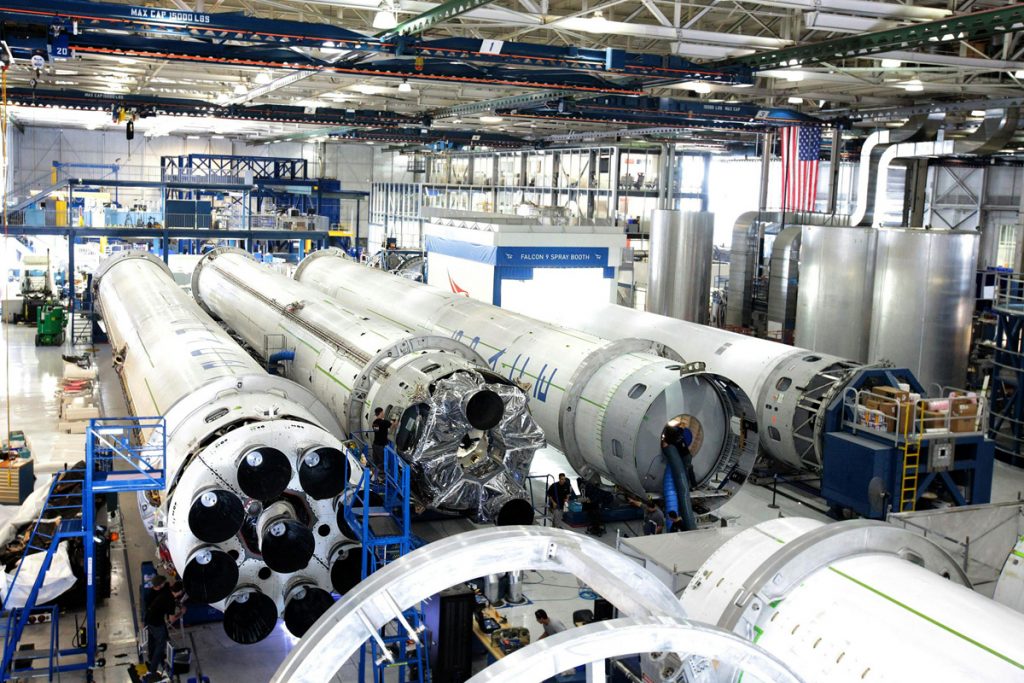| Jun 23, 2025
Workplace Violence Prevention: Why Manufacturing Companies Need a Private Security Partner

The Hidden Security Risks of Manufacturing’s High Turnover Rate
The manufacturing industry faces significant employee turnover challenges that create complex security vulnerabilities often overlooked by management teams. According to the Bureau of Labor Statistics, manufacturing establishments experienced 186,000 quits in April 2025, representing a quit rate of 1.5 percent in that month alone that reveals deeper security implications tied to employee separations across the sector.
Manufacturing facilities employ an average of 12,083,479 people across 358,272 establishments in the U.S., making effective termination protocols critical for operational security. Each departing employee represents potential vulnerabilities in access control, knowledge transfer, and physical safety protocols that extend far beyond standard HR procedures.
Workplace Violence is a Growing Security Concern for the Manufacturing Industry
According to the Bureau of Labor Statistics, “[f]atalities due to violent acts totaled 740 in 2023. Homicides (458) accounted for 61.9 percent of violent acts and 8.7 percent of all work-related fatalities.” Importantly, these numbers demonstrate that interpersonal violence remains a persistent threat in manufacturing environments.
OSHA defines workplace violence as “any act or threat of physical violence, harassment, intimidation, or other threatening behavior that occurs at the work site.” This definition encompasses everything from verbal threats to physical assaults, all of which can be triggered by poorly managed employee terminations. Startingly, OSHA notes that acts of violence represent the third-leading cause of fatal occupational injuries in the United States.
National Institute for Occupational Safety and Health (NIOSH) research indicates that workplace violence can affect any type of worker in any work setting, though certain conditions increase risk factors. Manufacturing environments often involve high-stress conditions, shift work, and interpersonal tensions that can escalate during termination proceedings.
The Insider Security Threat Challenge in Manufacturing Companies
An insider threat is any risk posed by a person with legitimate access to your organization’s assets – whether physical, digital, or informational. According to the Department of Homeland Security, insider threats remain one of the most persistent and underestimated security risks in both public and private sectors.
Research indicates that insider threats cost manufacturing companies an average of $8.86 million annually. These incidents often go undetected for extended periods, with some never being uncovered at all. The financial impact extends beyond direct costs to include damaged reputation, operational disruption, and potential safety risks to remaining employees.
Critical Elements of Effective Termination Protocols in the Manufacturing Industry
Effective termination protocols for manufacturing environments require specialized approaches that address industry-specific risks. Pre-termination planning should include thorough risk assessments, particularly for potentially hostile separations, coordinated communication between HR, legal, and security teams, and preparation of secure meeting locations away from critical production areas.
During termination meetings, security considerations include:
- Strategic positioning of security personnel for high-risk terminations.
- Coordination with law enforcement if needed.
- Clear documentation and communication protocols.
- Immediate access credential deactivation procedures.
- Secure handling of company devices and intellectual property.
Post-termination security measures must address ongoing risks through comprehensive monitoring systems. This includes immediate revocation of all physical and digital access, secure escort procedures, protection of trade secrets and proprietary information, and systematic monitoring for unauthorized access attempts.
The Manufacturing Industry Termination Related Security Challenges
Manufacturing facilities face unique termination-related security challenges that require specialized expertise. Along with the ever-present possibility of physical harm, the integration of IT and operational technology systems creates expanded attack surfaces vulnerable to insider threats. Production environments often involve access to critical infrastructure, valuable intellectual property, and safety-critical systems that require enhanced protection during employee transitions.
Importantly, “insider [security] threats are often a symptom of deeper structural or [company] cultural issues.” Manufacturing companies must address these challenges through comprehensive approaches that combine proper policies, cross-department collaboration, and intelligence-led decision making rather than relying solely on instinct.
The physical nature of manufacturing operations creates additional complexity during terminations. Unlike office environments, manufacturing facilities involve heavy machinery, hazardous materials, and complex production processes where disgruntled employees could cause significant damage or safety incidents.
Building Comprehensive Workplace Violence Prevention Programs for Manufacturing Companies
NIOSH research demonstrates that workplace violence prevention requires multifaceted approaches addressing organizational, environmental, and individual risk factors. Manufacturing companies should implement violence prevention programs that include management commitment, employee participation, worksite analysis, hazard identification, and ongoing training initiatives.
Effective programs must address the specific characteristics of manufacturing environments, including:
- Shift work patterns
- High-stress production demands.
- Diverse workforce demographics.
Training programs should educate supervisors and employees about:
- Violence recognition.
- Reporting procedures
- Appropriate response protocols.
The integration of violence prevention with existing safety programs creates synergies that enhance overall workplace security. Manufacturing companies already familiar with hazard identification and risk assessment can extend these principles to address violence prevention and termination security.
Protecting Your Manufacturing Operations
The manufacturing industry’s complex operational environment demands sophisticated approaches to employee termination security that go beyond standard HR procedures. Federal agencies including OSHA, NIOSH, and the Department of Labor provide essential guidance, but implementation requires specialized knowledge of manufacturing-specific risks and vulnerabilities.
By partnering with a private security company that understands manufacturing environments, manufacturing companies can develop comprehensive termination protocols that protect people, property, and intellectual assets during high-risk employee transitions. The investment in proper security measures isn’t simply about incident prevention – it’s about maintaining operational continuity, protecting workforce safety, and safeguarding long-term business success in an increasingly complex threat environment.
